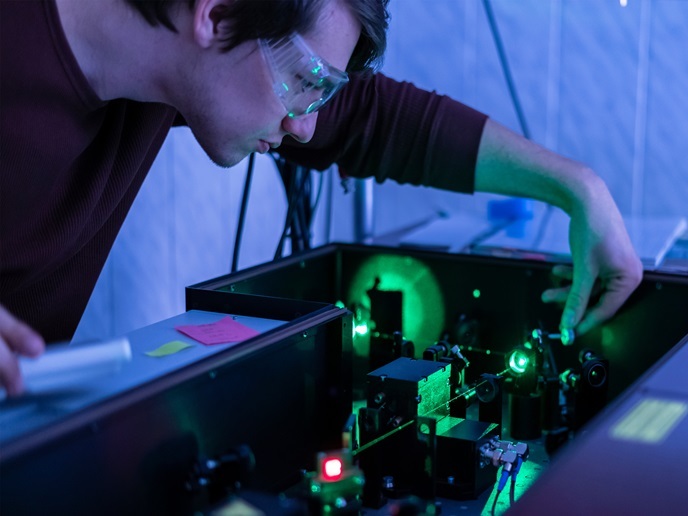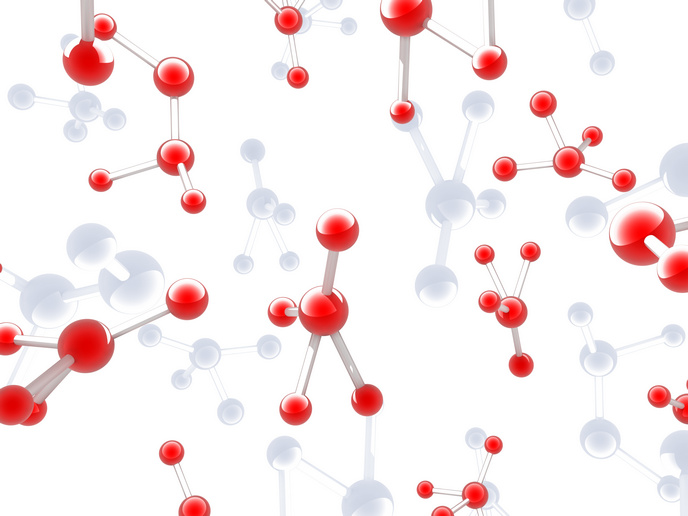Moving electrons captured by bright ultraviolet light
To catch a glimpse of something as small and fast as an electron moving within atoms, molecules or solids, you need a bright light with ultrashort pulses that extend to the attosecond timescale. To create this form of light, scientists have over the last few years been using intense laser pulses to illuminate a cloud of weakly ionised gas. Known as high-harmonic generation (HHG), this process shifts laser light wavelengths to shorter wavelengths and generates pulses with attosecond durations. In the EU-funded project ALPINE (Attosecond source from laser-plasma interaction), scientists succeeded for the first time in inducing HHG in plasma mirror targets by illuminating them with a two-cycle laser pulse. When intense laser pulses hit optically polished surfaces, they produce dense plasma that acts as a mirror. This laser-plasma interaction leads to the generation of attosecond bursts of extreme ultraviolet light that are shorter and brighter. Scientists' work led to the first experimental demonstration of HHG in the relativistic limit – at intensities above a certain limit, laser light accelerates target electrons almost to the speed of light. To reach this goal, ALPINE made many improvements to the existing laser system to obtain excellent temporal contrast. The pedestal was reduced by many orders of magnitude by combining a cross-polarised wave temporal filter and a plasma mirror. Control of the dispersion of the laser system led to the elimination of parasitic prepulses. An important observation that points to the fact that relativistic high harmonics leads to the generation of attosecond laser pulses was that HHG depends on the carrier-envelope phase of the laser pulse. ALPINE showed that HHG is a prerequisite of attophysics; its novelty was that it illuminated the target with two-cycle laser pulses rather than traditional multiple-cycle laser sources to generate attosecond pulses. Project achievements should allow further probing ultrafast electron dynamics in matter.
Keywords
Attosecond pulses, extreme ultraviolet, high-harmonic generation, laser-plasma interaction, two-cycle laser







